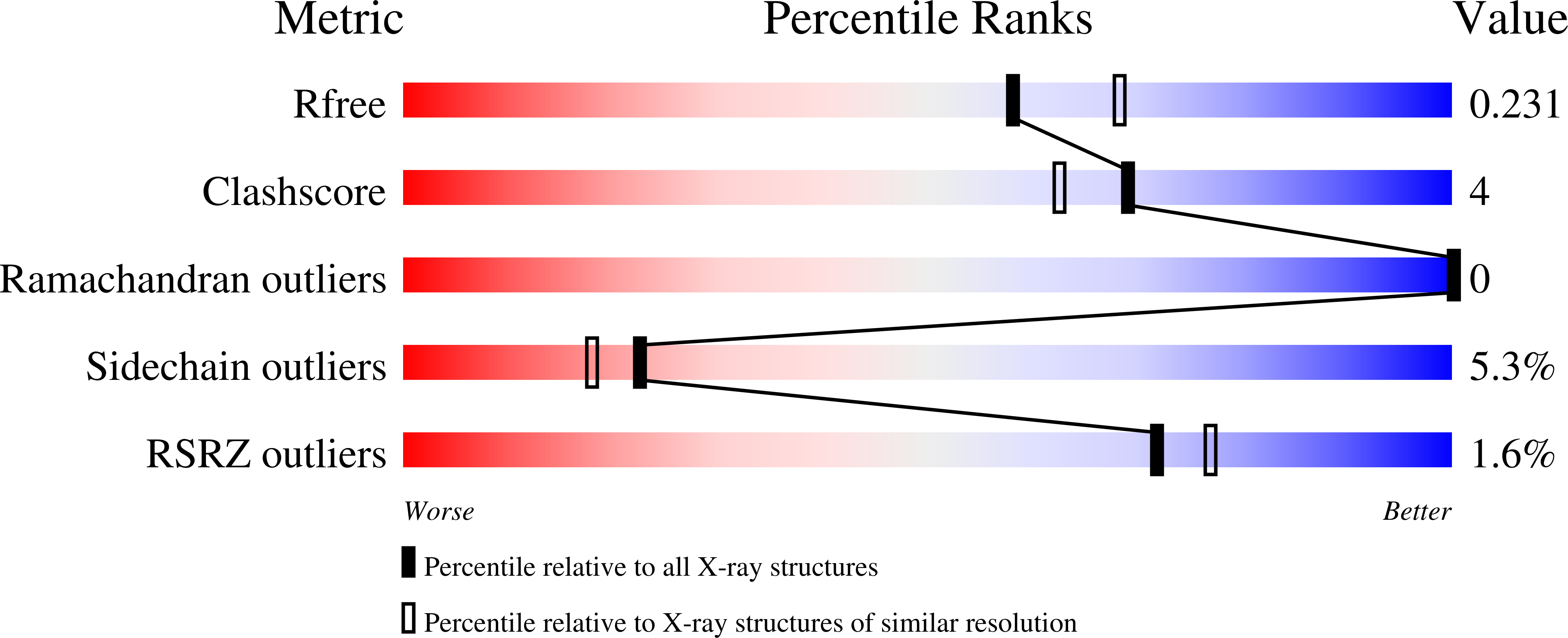Crystal structures of 3-methyladenine DNA glycosylase MagIII and the recognition of alkylated bases
Eichman, B.F., O'Rourke, E.J., Radicella, J.P., Ellenberger, T.(2003) EMBO J 22: 4898-4909
- PubMed: 14517230
- DOI: https://doi.org/10.1093/emboj/cdg505
- Primary Citation of Related Structures:
1PU6, 1PU7, 1PU8 - PubMed Abstract:
DNA glycosylases catalyze the excision of chemically modified bases from DNA. Although most glycosylases are specific to a particular base, the 3-methyladenine (m3A) DNA glycosylases include both highly specific enzymes acting on a single modified base, and enzymes with broader specificity for alkylation-damaged DNA. Our structural understanding of these different enzymatic specificities is currently limited to crystal and NMR structures of the unliganded enzymes and complexes with abasic DNA inhibitors. Presented here are high-resolution crystal structures of the m3A DNA glycosylase from Helicobacter pylori (MagIII) in the unliganded form and bound to alkylated bases 3,9-dimethyladenine and 1,N6-ethenoadenine. These are the first structures of a nucleobase bound in the active site of a m3A glycosylase belonging to the helix-hairpin-helix superfamily. MagIII achieves its specificity for positively-charged m3A not by direct interactions with purine or methyl substituent atoms, but rather by stacking the base between two aromatic side chains in a pocket that excludes 7-methylguanine. We report base excision and DNA binding activities of MagIII active site mutants, together with a structural comparison of the HhH glycosylases.
Organizational Affiliation:
Department of Biological Chemistry and Molecular Pharmacology, Harvard Medical School, 240 Longwood Avenue, Boston, MA 02115, USA.

















